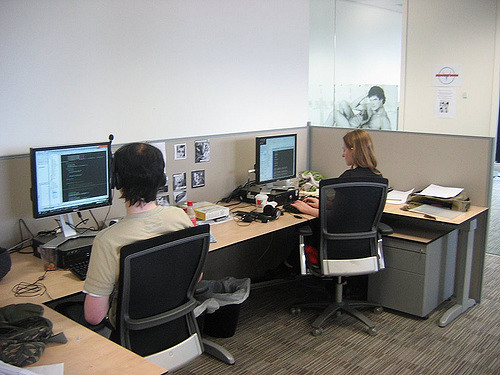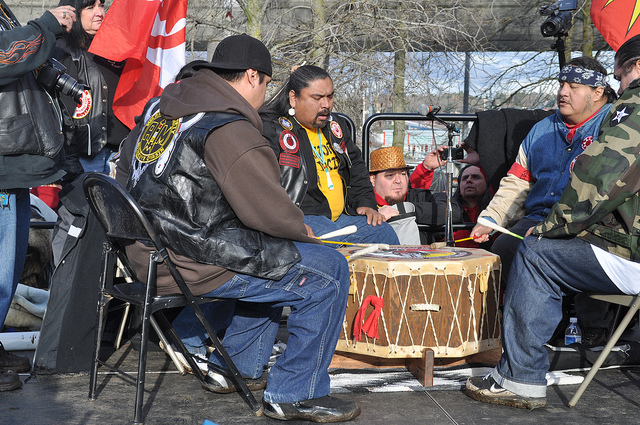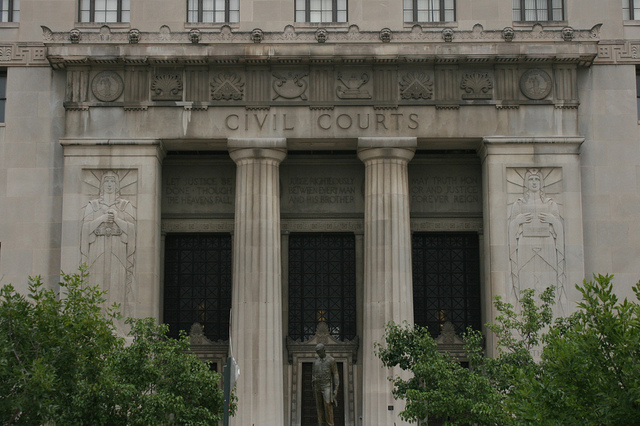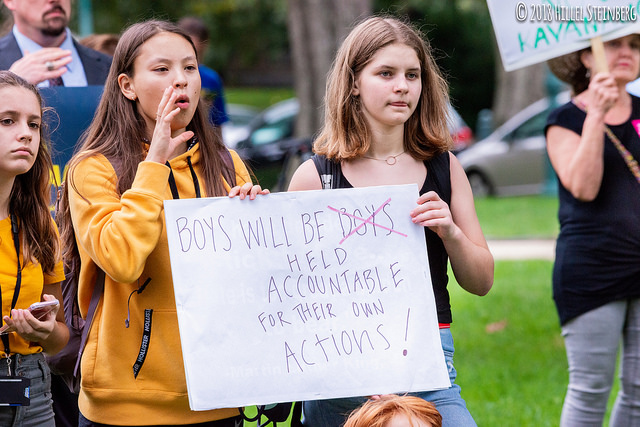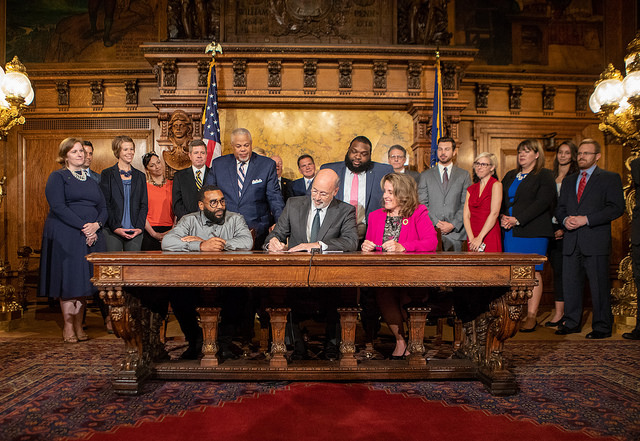
We often think of social media as a place where people fight with one another while hiding behind their keyboards and screens, but NPR recently featured research showing that social media can have positive effects, too. Specifically, social media can spread positive emotions.
In person, you can share a smile or frown with people you pass on the street. And according to research conducted by Nicholas Christakis, something as simple as sharing a smile during your morning commute can change someone’s day completely. By administering surveys to about 5,000 people in one town over the course of 32 years, Christakis was able to map face-to-face interactions and analyze how emotions spread through social networks.
“We were able to show that as one person became happy or sad, it rippled through the network,” Christakis says.
This ripple effect of emotions takes place online, too. Jeff Hancock, a communications researcher at Stanford University, researched emotions and their spread on social media by changing the amount of positive or negative posts Facebook users saw on their news feeds.
It turns out that when more positive posts are on users’ feeds, they are more likely to write positive posts, but negative posts prompted people to write more sad or angry posts. Not only do negative posts prompt people to write more negative posts, but research also shows that, if a bully or “troll” attacks you sarcastically or personally while you are in a bad mood, you are likely to copy the troll-like behavior.
So, in addition to smiling at someone on your way to work, it might be worth considering sharing a positive post on Facebook as well.

